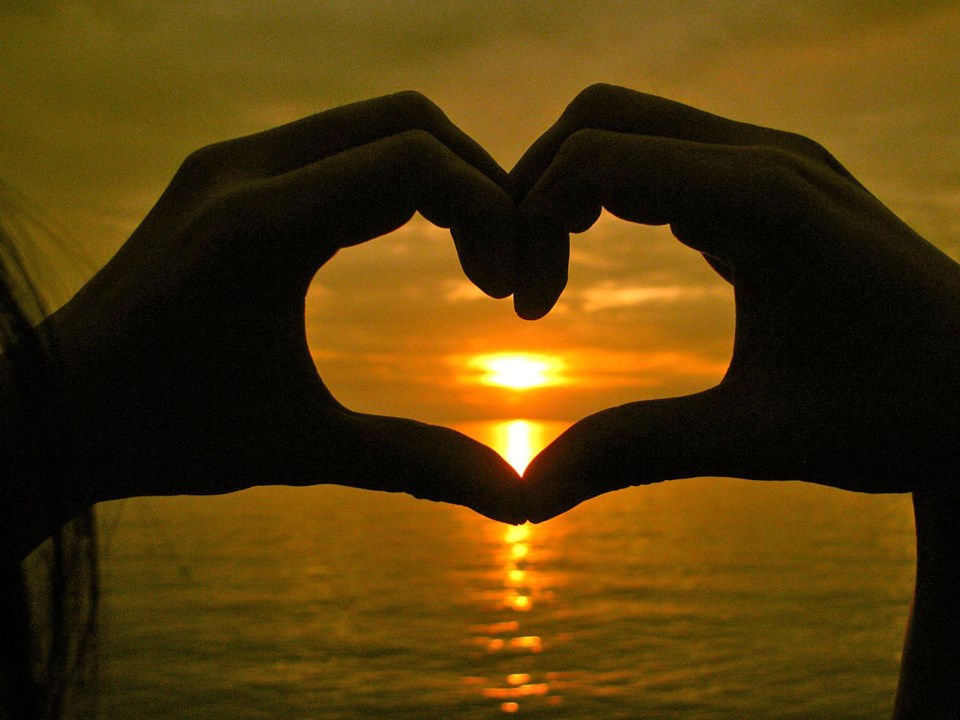The other day, while gossiping with a friend, she used the phrase “emotional palette” in a description of her general state of mind.
It’s a cool metaphor – one that is compellingly evocative. And one that can help us better visualize and describe the state of our mood. Think about having the blues. Or a rosy disposition. Or, heaven forfend, be in a black state of mind. White with rage.
I’m not surprised about the ubiquity and utility of this metaphor, because colour is everywhere and we are primarily visual creatures.
We are also, crucially, hearing animals. Sound (and as we shall see, music) is a vital facet of our sensory experience.
And it is for these reasons that art – in the doing as well as in the observing – has such a deep connection to and effect on our well-being.
I first began to wonder about the power of art when I was 10. We lived in London, and every weekend I’d take the tube to one of the many museums and galleries in that great city. What struck me was the sense of peace and reverence evident on the faces of the adults around me. Ten-year-old boys did not frequently experience that from grown-ups.
In my own, private life, my greatest sense of self and inner harmony came when I played my guitar. Still does. Some musicians call that state the “zone.”
It was years later, as a friend studied and then practiced art/music therapy for kids, that I made a few connections.
When I asked why this (sometimes controversial) therapy had such a positive effect, she hypothesized that experiencing art ignored the rational aspect of the mind and instead directly engaged deeper, more fundamental processes.
More recently, when I was on the board of the Arrowhead Clubhouse Society, by far the most frequent budgetary request from members was for art programming. I’ll let you draw your own conclusions.
So, you ask: What’s going on inside the brain? There is a lot of very detailed, arcane work out there, but in general there are three broad ideas that are quite sufficient for a general understanding.
First, studies have shown that experiencing/doing art increases blood flow in the medial prefrontal cortex. This is a major reward centre of the brain, and increased activity there has led to improvements in mood among folks with eating disorders, addictive behaviours, and mood disorders.
The second observed effect is a lowering of the hormone cortisol, which is associated with stress as well as the so-called fight-or-flight state. We can all do with less stress, and it seems like art is a way to achieve that.
The third brain state is one that leads – as I mentioned above – to the “zone” or “flow” state. When we are there, we lose ourselves, are in the moment and utterly present. We are relaxed yet fully attentive, and deeply attuned to our sense of pleasure. There is interesting neurophysiology to explain this, but for today I think that would ruin the fun.
I should add, with emphasis, that one need not have huge talent or skills to achieve the benefits mentioned above while doing art. Indeed, in most of the research, just doodling was sufficient.
So, find a pencil and paper and go looking for your zone.


